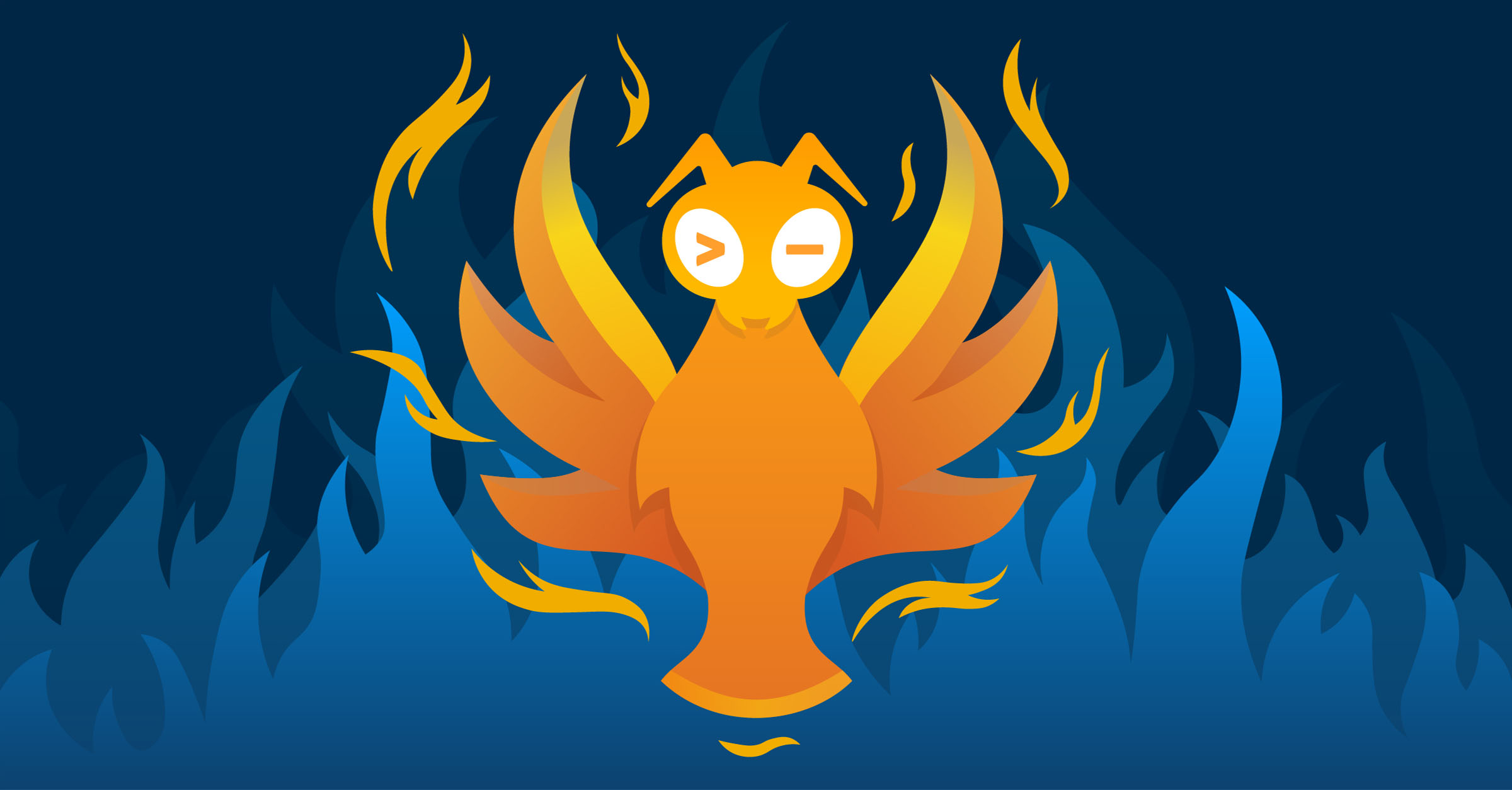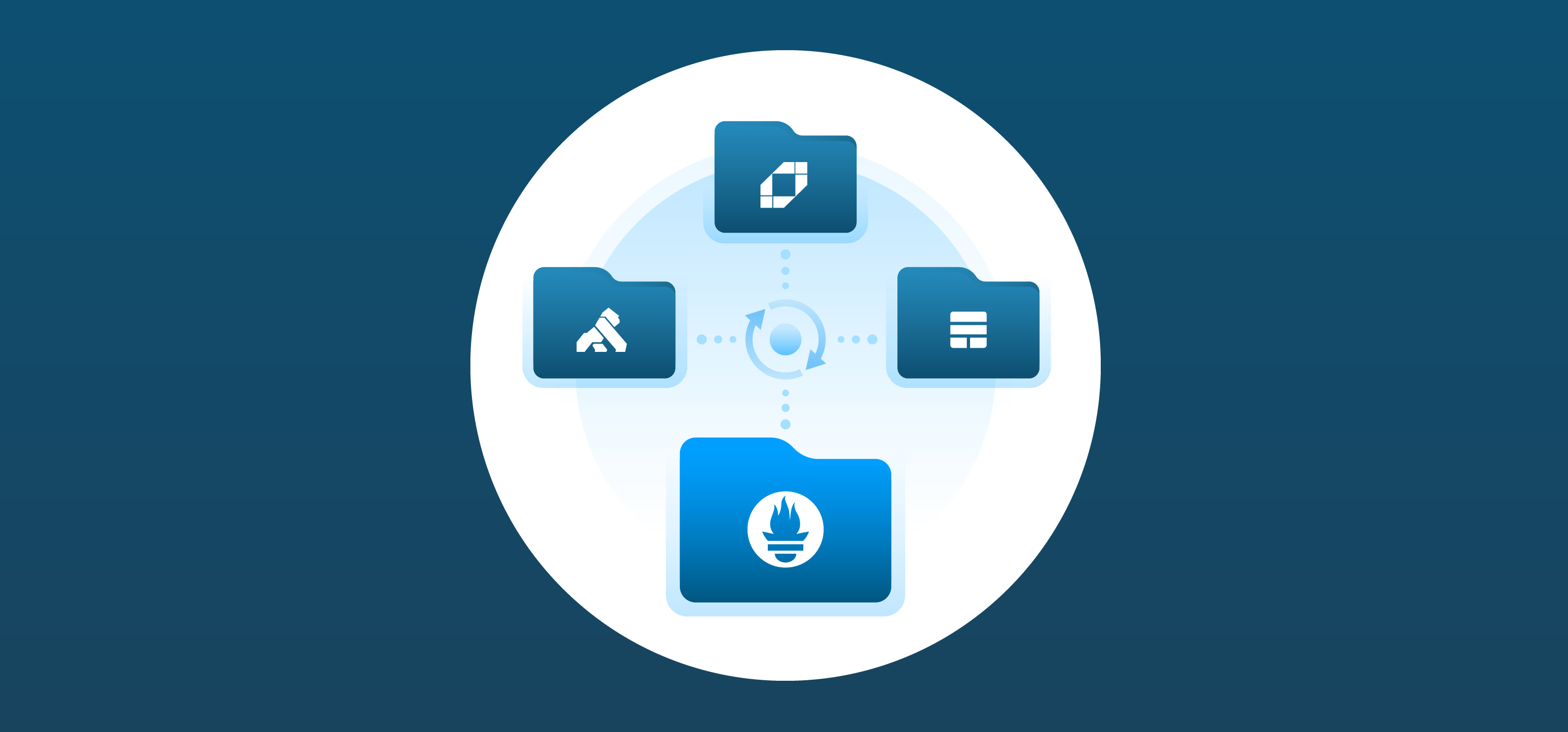A Phoenix rising from Cluster API
by Tobiasz Kukawka on Feb 8, 2022

We wouldn't be Giant Swarm if we weren't undergoing some changes in the name of improving our service and creating a better environment for our customers and Swarmers to thrive. We also wouldn't be Giant Swarm if we weren't transparent about these changes, which explains this blog post. And so, in this spirit, we would like to share how Cluster API is shaping our team structures and how we think this will improve our service.
Meet Team Phoenix
What was once Team Celestial and Team Firecracker is now Team Phoenix — long live Team Phoenix! 🦅 What this means in non-Giant Swarm terms is that we have decided to merge our Azure and AWS teams to create better alignment and increase the joint speed of development. Sounds good, right?
This merger will ensure that there's always enough capacity to work on the core components that are shared across both providers while at the same time speeding up the process and maintaining alignment. In this way, there will be consistency across both providers in terms of the migration and upgrade experience of CAPI clusters. On a practical level, due to the increased team size (now sitting at 10 members, soon to be 11), urgent topics for both providers will be pursued with adequate resources while still allowing for CAPI development to continue full force. Internally, this will also loosen up the syncing between teams and keep the mission as well as both providers on the same page to eventually have an identical experience and flow for any of the future supported cloud solutions.
Cluster API cluster creation preview release
The first goal of our newly formed team was to have a cluster creation via CAPI as a preview release, and we’re pleased to report that we’ve achieved this for Azure and an AWS release is set to follow soon. This task allows customers to ensure the feature parity of CAPI with the current Giant Swarm product. The cluster has as many features and configurability as possible in comparison to the previously running Giant Swarm clusters. As this is a preview release, there will likely be things to be improved and this is exactly the goal of the iterative process that we have taken. This being said, we'll work closely with all of our customers to refine the solution we'll be offering in the future and look forward to an open dialogue on this topic and more.
If you want to learn more about the Cluster API cluster creation preview release, check out our release notes for Azure.
You May Also Like
These Related Stories

Announcing the Giant Swarm App Platform
We’re pleased to announce that the Giant Swarm App Platform is generally available. 🎉

New Joiners Series: Welcome Georgiana
Welcome to Giant Swarm's New Joiners Series where we get to know some of the newest members of the Swarm. This week, we meet Georgiana Patru.

New Joiners Series: Welcome Veronika
Welcome to Giant Swarm's New Joiners Series where we get to know some of the newest members of the Swarm. This week, we meet Veronika Stamos. 👋